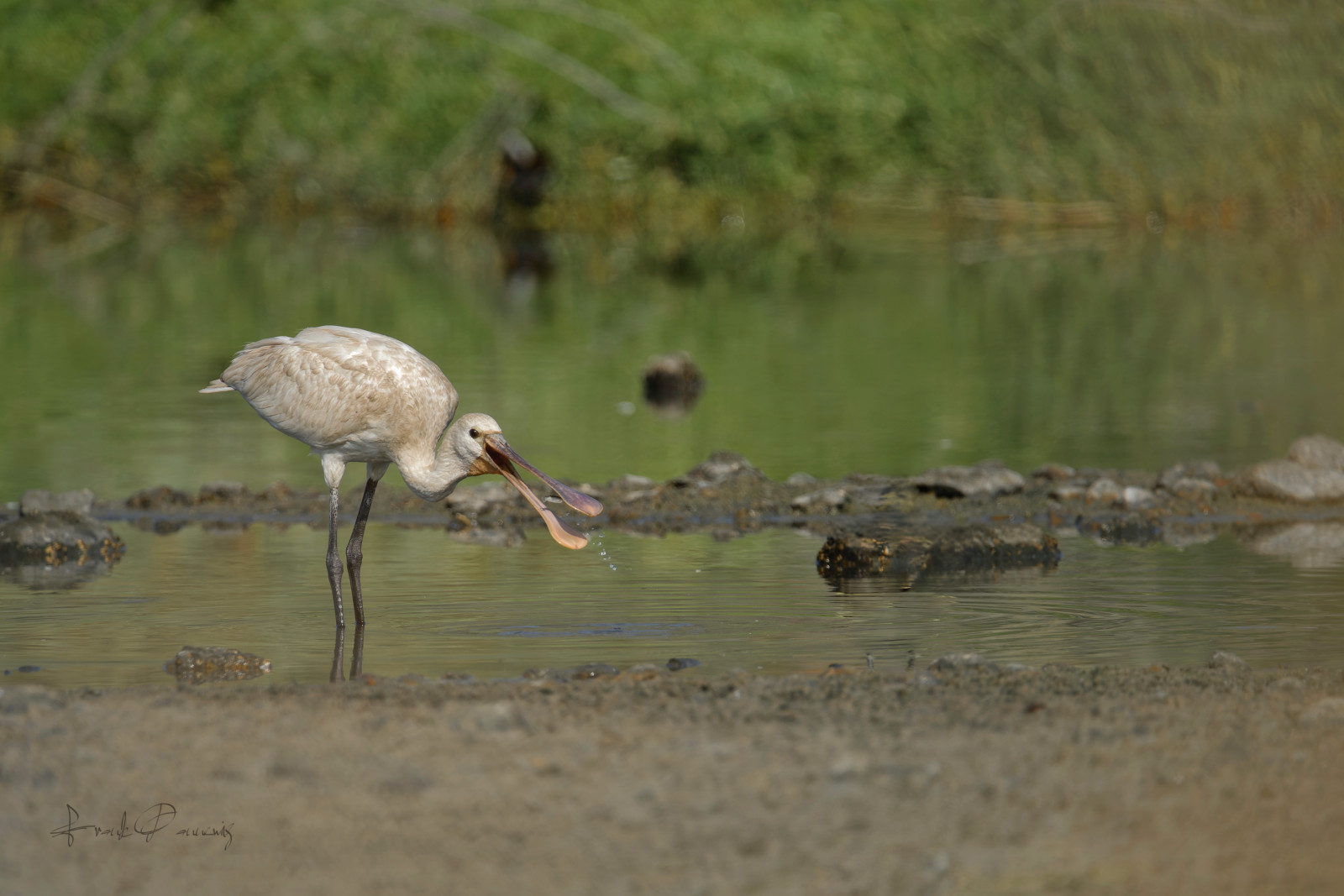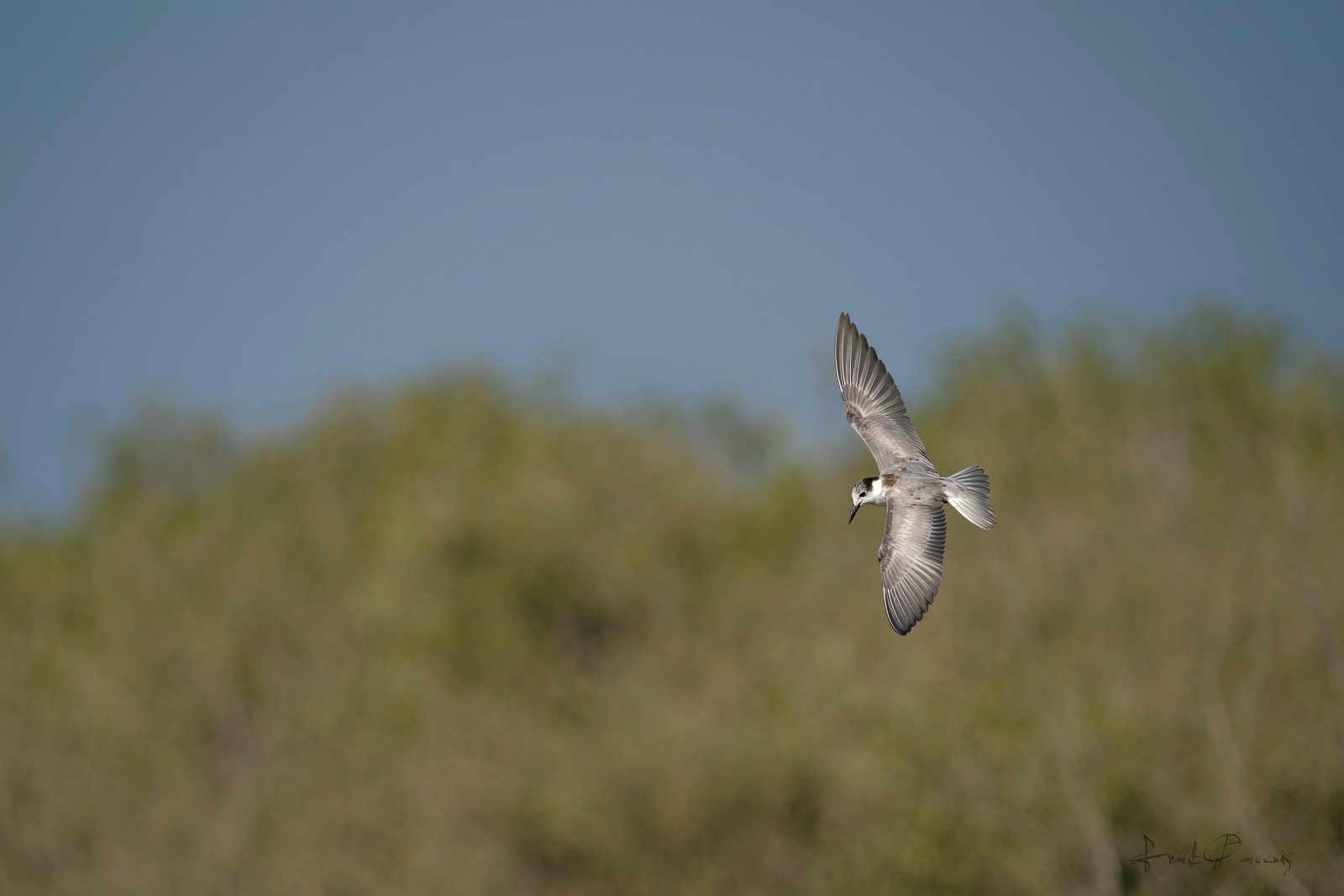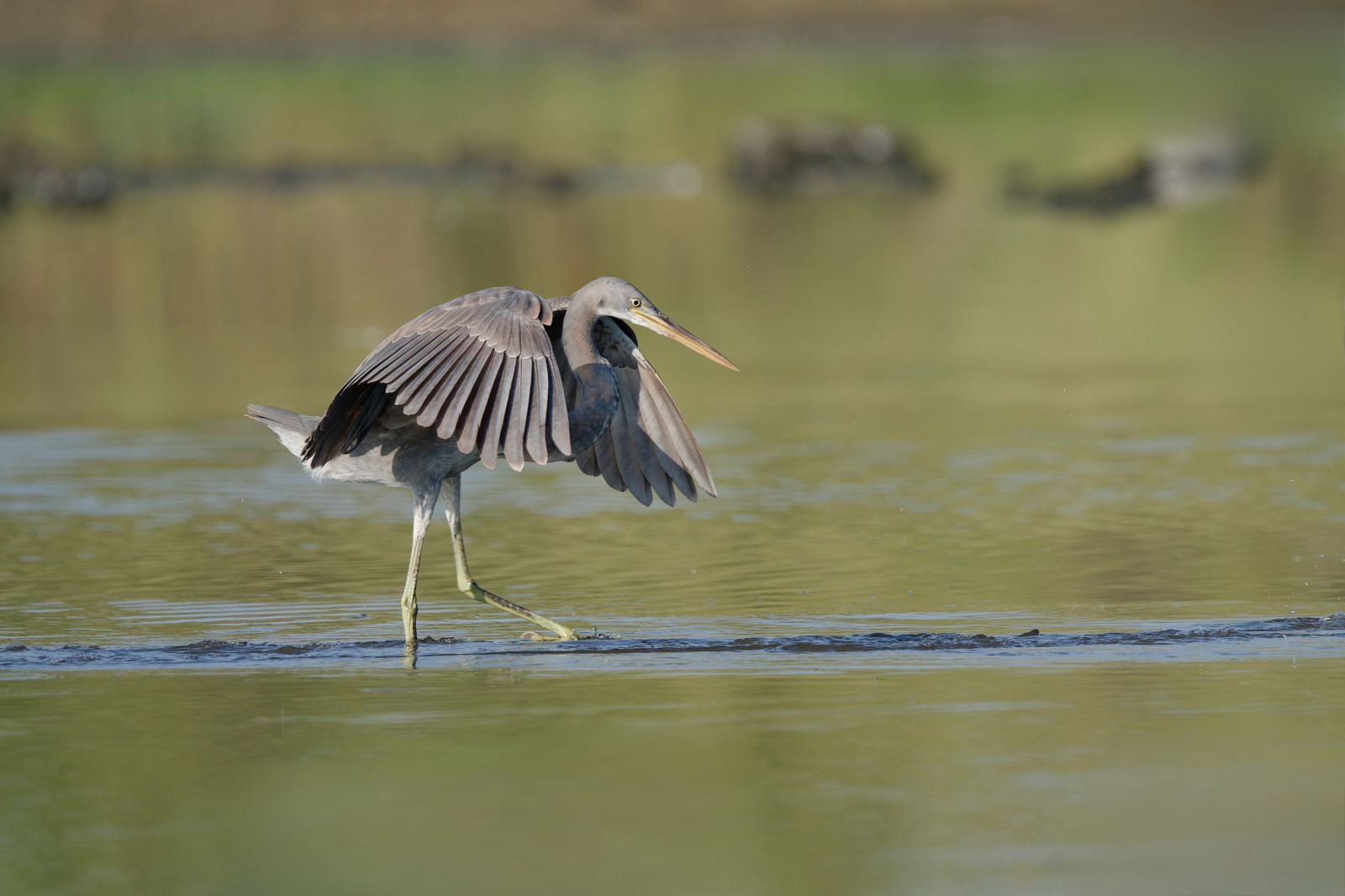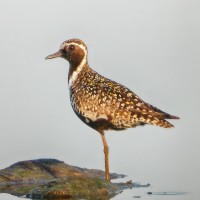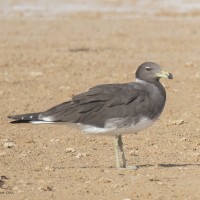Opis
Al Qurm Beach and Lagoon are located in the heart of the capital city of Muscat, facing the Gulf of Oman at the foot of the Hajar Mountains. The site is internationally important as it supports one of the largest areas of natural mangrove forests along the east coast of the Arabian Peninsula. Almost 200 bird species have been recorded in the area. The beach, wadi's and lagoons at Al Qurm are a good place for gulls, terns and waders. For example Sooty Gull, mewa cienkodzioba, orlica, rybitwa arabska, rybitwa bengalska, rybitwa białowąsa, Rybitwa złotodzioba, Rybitwa malutka, rybitwa wielkodzioba, szczudłak, siewka złotawa, czajka indyjska, Tibetan Sand Plover, sieweczka pustynna, kulik mniejszy, biegus mały, kwokacz and terekia.
In the surrounding fields you can see species such as frankolin indyjski, kruk pustynny, kraska orientalna, nektarnik stalowy and zolna wschodnia. Also Asian migratory birds such as dzierzba pustynna and dzierzba rdzawosterna.
Szczegóły
Dostęp
Al Qurm Beach is located on the coast east of the city of Muscat. You can overlook the area from the high beachroad. This busy road along the beach has a wide sidewalk on both sides. On the lagoon side it is slightly wider and you can have a good view of the wadi's from the sidewalk, the parkings and the restaurants. On the beach side there are some lookout posts on the sidewalk where you have a perfect view of the whole beach. There are plenty of parking spaces on both sides of the road. The best places for birdwatching are the two places where the wadi flows under the road to the sea. Click on a P in the map for directions or coordinates to a parking spot.
